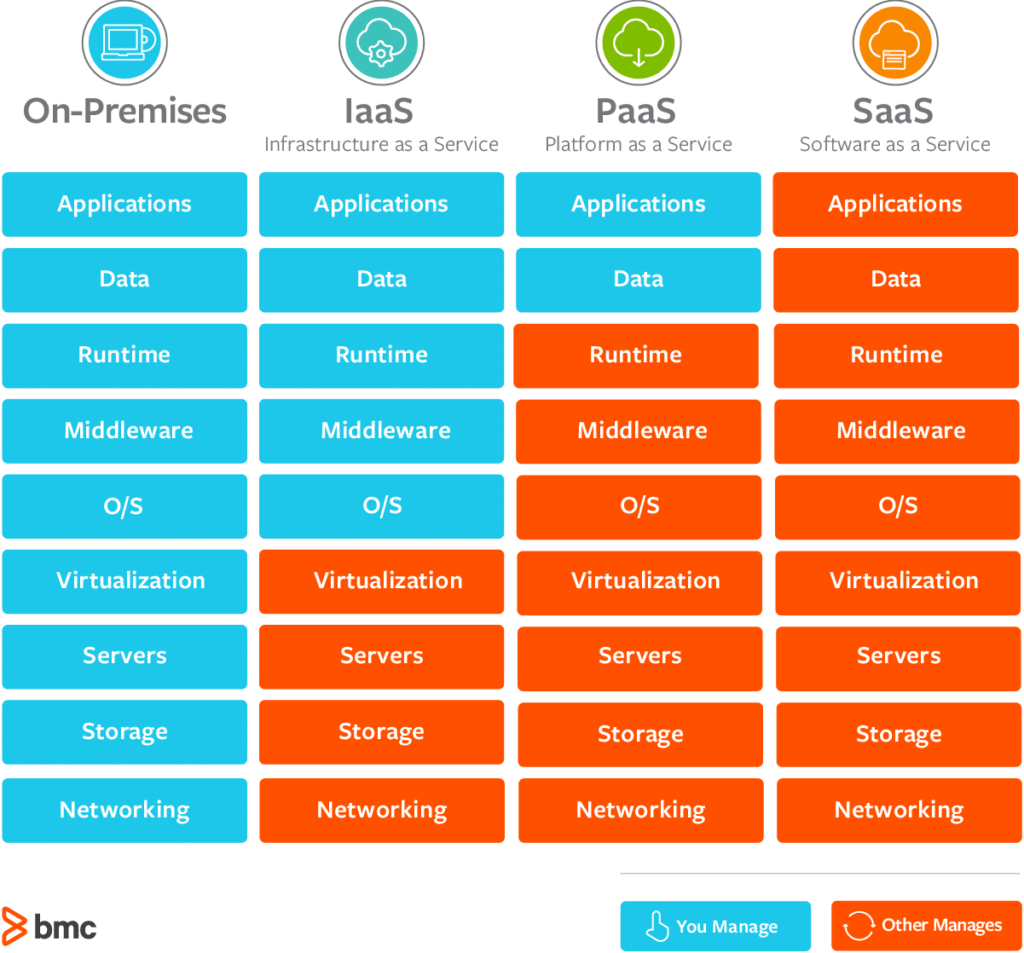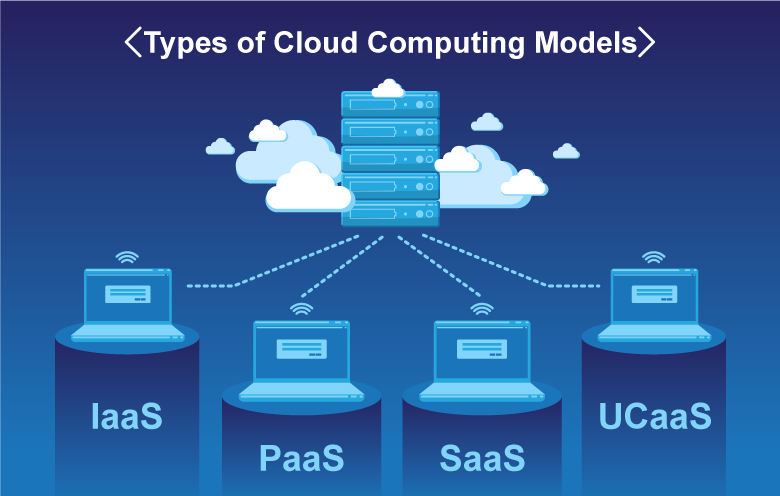Discover LinkDaddy Cloud Services: Cutting-Edge Solutions for Your Business
Discover LinkDaddy Cloud Services: Cutting-Edge Solutions for Your Business
Blog Article
Transform Your IT Facilities With Cloud Solutions
In today's hectic company landscape, the duty of IT facilities can not be underestimated. Welcoming cloud solutions uses companies a myriad of advantages, from boosted adaptability to improved collaboration. The trip to transforming your IT facilities is not without its obstacles. As modern technology remains to advance, staying in advance of the curve and making notified decisions regarding cloud remedies is critical. The crucial hinge on understanding exactly how cloud services can improve your company's IT landscape and drive advancement.
Benefits of Cloud Services
Leveraging cloud solutions supplies companies a scalable and affordable remedy for handling their IT framework. One of the key advantages of cloud solutions is the versatility they offer. Organizations can easily scale their sources up or down based upon their current requirements, permitting effective resource allowance. This scalability likewise allows businesses to swiftly adapt to changing market conditions without the demand for substantial in advance financial investments in hardware or framework.

Furthermore, cloud solutions advertise collaboration and remote work by giving workers with accessibility to data and applications from anywhere with an internet link. This access boosts productivity and permits for smooth collaboration amongst staff member, regardless of their physical area. Generally, the benefits of cloud services are vast, making them an eye-catching option for companies aiming to update their IT infrastructure.

Movement Methods
To efficiently transition to shadow services, organizations need to thoroughly perform and intend movement methods that align with their organization objectives and IT requirements. The initial step in this process is to carry out a comprehensive analysis of the existing IT framework to identify which information and applications can be migrated to the cloud. Organizations needs to focus on workloads based on elements such as safety needs, efficiency demands, and compliance policies.
Once the assessment is full, organizations can pick the most appropriate migration method. This can consist of rehosting, refactoring, rearchitecting, or reconstructing applications for the cloud setting. When selecting the movement method., it's essential to think about aspects like intricacy, cost, and time restrictions.
Furthermore, companies ought to create a detailed movement strategy that outlines the timeline, sources, and responsibilities for each and every step of the migration procedure - cloud services press release. Normal screening and surveillance are vital to make certain a smooth change and lessen interruptions to business procedures. By following these movement strategies, companies can open the full possibility of cloud solutions and drive development within their IT infrastructure
Safety Considerations
When incorporating cloud solutions right into an organization's IT infrastructure,Ensuring durable security measures is critical. The shift to the cloud brings distinct protection considerations that need to be dealt with to shield sensitive data and maintain functional integrity. One key element to take into consideration is information encryption both en route and at remainder. File encryption helps protect details from unapproved access, guaranteeing that even if information is obstructed, it remains unreadable.
Additionally, executing strong accessibility controls is crucial. This entails specifying user approvals, verification protocols, and keeping an eye on access to avoid unapproved people from gaining entry to sensitive resources. Normal protection audits and evaluations are vital to determine vulnerabilities and guarantee compliance with industry laws.
Additionally, companies need to have a robust occurrence reaction strategy in position to promptly attend to safety breaches or information compromises. This strategy ought to lay out actions to have the incident, mitigate damage, and restore typical procedures successfully. By focusing on protection considerations and applying positive measures, companies can confidently utilize cloud services while safeguarding their electronic properties.
Cost-Saving Tips
When enhancing IT facilities with description cloud services, organizations can optimize their budget via critical cost-saving ideas. Additionally, businesses can save on operational expenses by lowering the requirement for on-site upkeep and assistance personnel, as many cloud solutions supply automated updates and assistance.
An additional cost-saving tip is to carefully keep track of and readjust cloud usage to stay clear of unnecessary expenditures. By regularly assessing usage data and scaling sources up or down based upon need, organizations can guarantee they are not overspending on unused capability. Additionally, taking into consideration hybrid or multi-cloud cloud solutions can likewise bring about cost savings by Full Report allowing companies to choose one of the most cost-efficient solutions for each and every workload.
Future Patterns
The evolution of cloud services is shaping the future landscape of IT framework. As we look in advance, numerous vital patterns are poised to affect how companies leverage cloud services to enhance their IT operations. One significant pattern is the boosting adoption of multi-cloud methods. Organizations are recognizing the benefits of distributing workloads across numerous cloud suppliers to maximize efficiency, improve resilience, and alleviate threats linked with vendor lock-in.
An additional popular pattern is the surge of edge computer in conjunction with cloud services. Side computing brings processing closer to the information source, reducing latency and allowing real-time information analysis. This pattern is especially vital in industries such as IoT, autonomous cars, and healthcare, where instant decision-making is important.
Furthermore, the assimilation of synthetic intelligence (AI) and maker understanding (ML) abilities into cloud services is established to redefine just how companies draw out understandings from their information. AI-driven automation, anticipating analytics, and customized customer experiences are just several of the means AI and ML are transforming cloud solutions.
Conclusion
In final thought, cloud services use countless benefits for organizations wanting to transform their IT framework. By implementing migration methods tailored to specific requirements and focusing on safety Cloud Services and security considerations, organizations can attain expense savings and boosted effectiveness. Accepting cloud solutions can result in a more competitive and dexterous company landscape, permitting greater flexibility to altering market problems and enhanced partnership amongst groups. As companies remain to utilize cloud remedies, they can remain in advance of future trends and drive technology in the digital age.

Guaranteeing durable safety and security steps is critical when integrating cloud solutions into a company's IT framework.In verdict, cloud services offer numerous benefits for organizations looking to transform their IT infrastructure.
Report this page